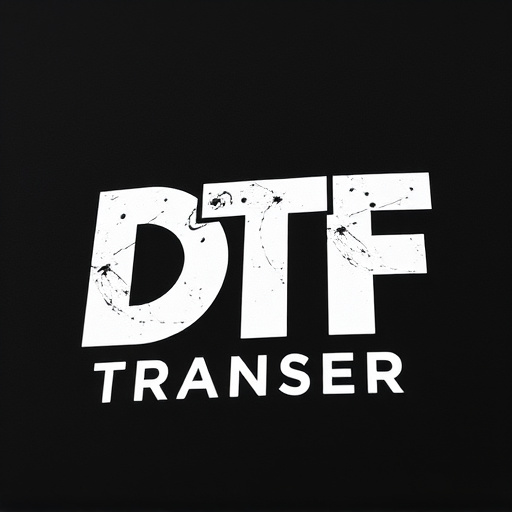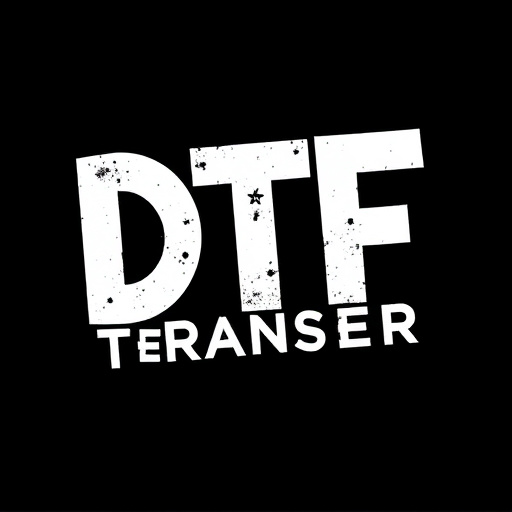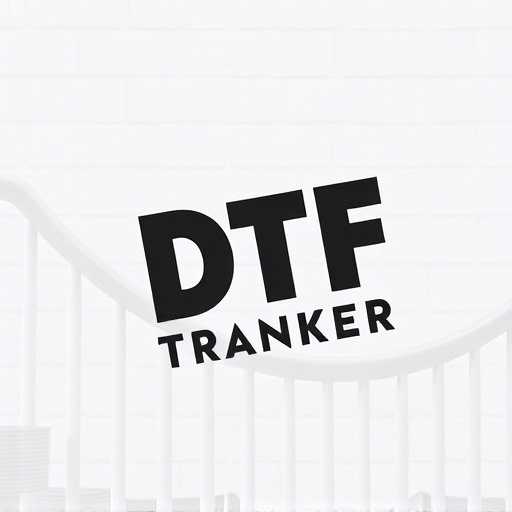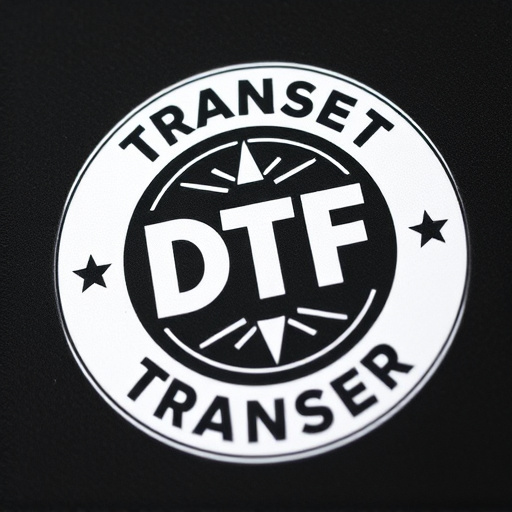Direct-to-Fabric (DTF) printing has transformed textile production for light-colored garments by offering high-quality, vibrant prints with minimal waste and setup time. The process involves transferring ink directly to fabric using heat and pressure, accommodating intricate designs on various materials. Choosing the right DTF transfer paper is crucial, focusing on compatibility, detail reproduction, and durability. This technology enables precise color accuracy, enhanced fabric texture, and long-lasting prints, making it a popular choice for apparel design. Following best practices ensures optimal results, from file preparation to adhesive application, leading to flawless DTF prints that maintain vibrancy even after washing.
“Discover the art of enhancing light-colored garment materials with DTF (Direct to Fabric) transfers. This comprehensive guide explores the benefits and techniques behind this innovative printing method. From understanding the basics of DTF transfers to choosing the right paper and mastering application processes, we’ll walk you through every step. Learn how to create high-quality prints while avoiding common mistakes. Optimize your designs for light garments and unlock the potential of DTF printing.”
- Understanding DTF Transfers: A Comprehensive Overview
- Advantages of Using DTF for Light Garment Materials
- Choosing the Right DTF Transfer Paper: Key Considerations
- Printing Techniques for Achieving High-Quality DTF Prints
- Application Process: Step-by-Step Guide for Seamless Adhesion
- Best Practices and Common Mistakes to Avoid During DTF Printing
Understanding DTF Transfers: A Comprehensive Overview
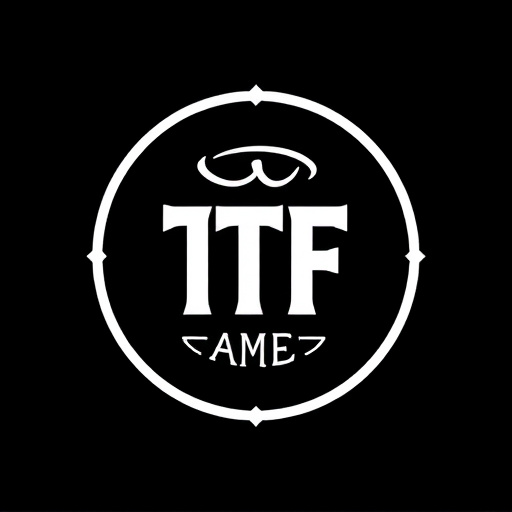
Direct-to-Fabric (DTF) transfers have revolutionized the way we print on textiles, especially light-colored garments. This technology enables high-quality printing directly onto fabric without the need for intermediate screens or plates. DTF transfers offer a cost-effective and efficient method of creating intricate designs with vibrant colors on various materials, making it a popular choice among designers and manufacturers.
The process involves transferring ink from a rubber blanket to the garment’s surface using heat and pressure. This method ensures precise color reproduction and allows for complex artwork and texturing. DTF printing is versatile, accommodating both simple and detailed designs, and it can be applied to a wide range of fabrics, including cotton, polyester, and nylon. With its ability to produce sharp, long-lasting prints, DTF transfers have become a go-to option for creating custom apparel, ensuring that designs pop with exceptional clarity on light-colored garments.
Advantages of Using DTF for Light Garment Materials

Using Direct to Fabric (DTF) transfers for light-colored garment materials offers several advantages over traditional printing methods. DTF is a cutting-edge technique that allows for high-quality, vibrant prints on delicate fabrics without causing any damage or fading. This method ensures that the original fabric texture and color remain intact, making it ideal for maintaining the aesthetic appeal of light garments.
DTF transfers provide excellent durability, ensuring that printed designs withstand multiple washes and everyday wear. The process is also cost-effective, as it minimizes waste and requires less setup time compared to traditional printing. Moreover, DTF Printing produces precise, detailed prints, making it perfect for intricate designs and complex artwork. With these benefits, DTF Prints have become a game-changer in the garment industry, enabling designers to create stunning, long-lasting pieces for various fashion applications.
Choosing the Right DTF Transfer Paper: Key Considerations
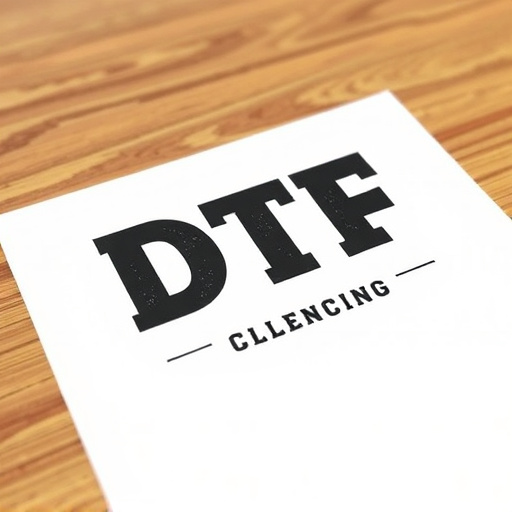
When selecting DTF (Direct-to-Fabric) transfer paper, several key considerations come into play to ensure optimal results on light-colored garment materials. First and foremost, check the paper’s compatibility with your printing method. Different DTF papers are designed for specific techniques like heat transfer or UV printing, so aligning the paper with your process is essential. Additionally, consider the fabric type; light colors like white or pastel shades often require specialized papers that offer superior image clarity and color vibrancy.
The quality of DTF prints directly reflects the chosen paper’s performance. High-quality papers typically feature precise detail reproduction, vibrant ink transfer, and a smooth finish. It’s also crucial to evaluate the paper’s durability; it should withstand washing without smudging or fading. Look for papers with protective coatings designed for long-lasting DTF printing on light fabrics, ensuring your final products maintain their visual appeal over time.
Printing Techniques for Achieving High-Quality DTF Prints
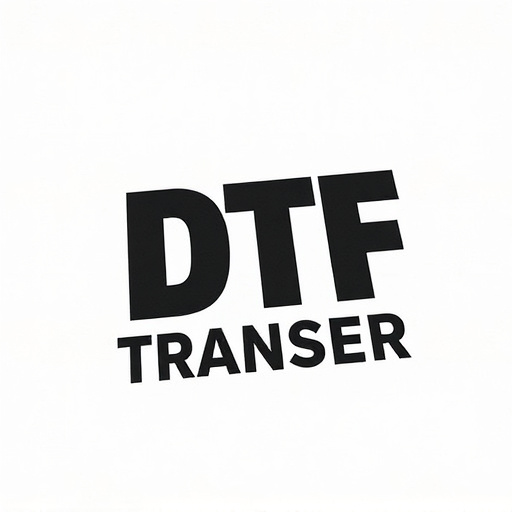
Direct-to-fabric (DTF) printing has emerged as a game-changer in the apparel industry, offering high-quality, vibrant prints on light-colored garment materials. This innovative technique involves transferring ink directly onto the fabric using specialized printers, eliminating the need for traditional screen printing methods. The result is a crisp, detailed design that becomes an integral part of the fabric, ensuring durability and a professional finish.
DTF printing leverages advanced printing techniques to achieve exceptional DTF prints. These methods include piezoelectric printheads that precisely deposit ink onto the fabric, allowing for fine detail and smooth gradients. The process is versatile, accommodating various fabric types and designs, making it ideal for customizing light-colored garments. By optimizing the printing parameters, such as temperature and pressure, printers can achieve remarkable color accuracy and ensure the prints remain vibrant even after multiple washes.
Application Process: Step-by-Step Guide for Seamless Adhesion
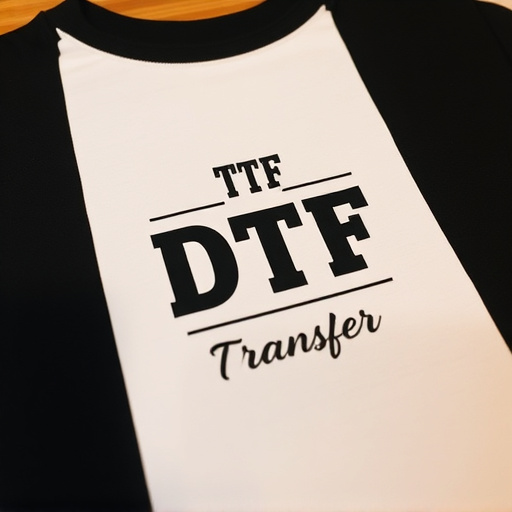
Application Process: A Step-by-Step Guide for Seamless DTF Transfer Adhesion
Begin by preparing your light-colored garment material. Ensure it’s clean, free from oil or dirt, and slightly damp to facilitate better adhesion. Next, apply a thin layer of transfer adhesive using a brush or roller, covering the entire surface where the DTF print will be placed. This step is crucial for achieving seamless integration of the design with the fabric. Wait for the adhesive to dry completely, usually within 30 minutes, allowing it to form a strong bond with the material.
Now, carefully place your DTF transfer on top of the adhesive-coated surface. Align it precisely to avoid bubbles or misalignment. Press gently but firmly across the entire print area to activate the adhesive and ensure complete contact between the transfer and fabric. After a few seconds, peel off the backing layer slowly and steadily, starting from one corner. This meticulous process guarantees that the DTF prints adhere flawlessly, preserving the vibrancy and quality of the design on light-colored garments.
Best Practices and Common Mistakes to Avoid During DTF Printing

When optimizing transfers for application on light-colored garment materials using DTF (Direct to Fabric) printing, adhering to best practices is paramount to achieving high-quality prints. Firstly, ensure your design files are prepared with accurate color profiles and resolutions, as these directly impact print precision and vibrancy. Using vector graphics or high-resolution raster images will yield the best results.
Avoiding common mistakes can significantly enhance your DTF printing experience. One such mistake is misregistering designs; always double-check alignment settings to prevent print shifts. Additionally, using incompatible ink types or not following manufacturer guidelines for drying and curing processes can lead to smudged or poorly fixed prints. Remember that pre-testing on scrap materials before full production runs is a prudent step to identify any issues early on.








